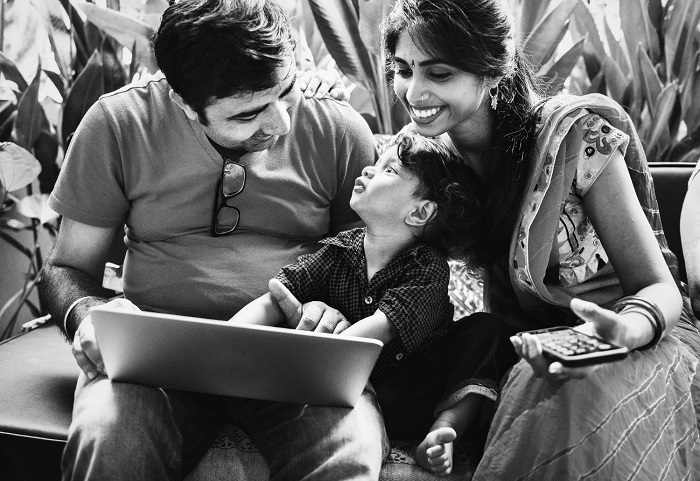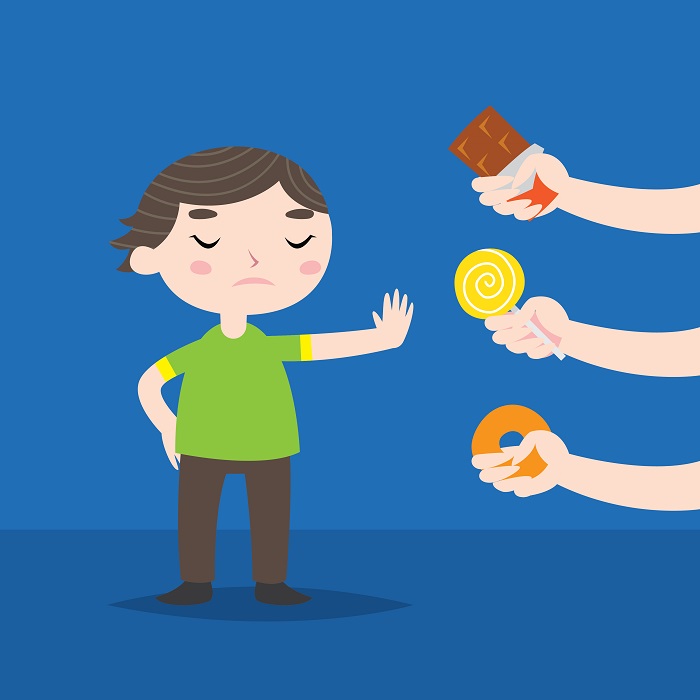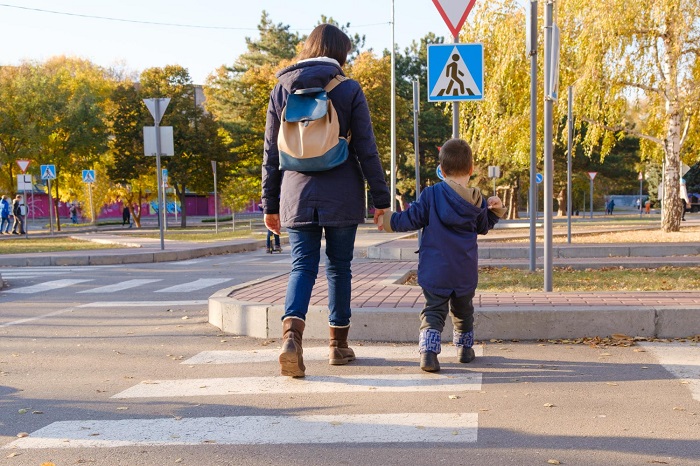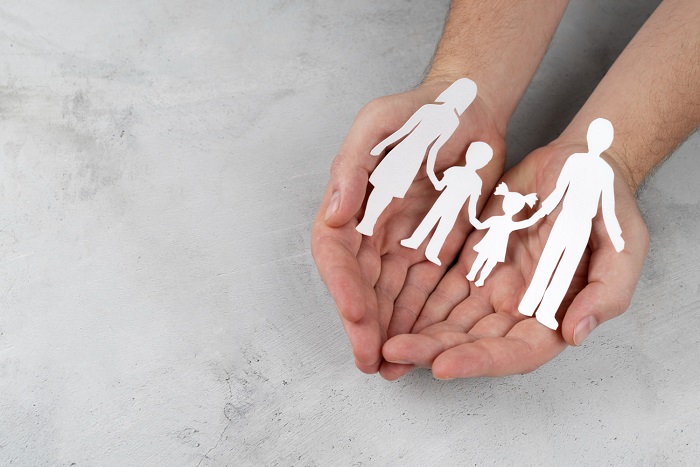As Parents, feeding and taking care of our children is our prime responsibility. The children’s safety is of utmost importance when taking care of them. Children are innocent, naive, and incredibly trusting. They are unaware of the dangers around them, and how could they know? As parents, we do our best to eliminate as many dangerous situations as possible to keep them safe.
Unfortunately, the harsh reality is that, no matter how much we love them and we try, as parents, we cannot always be around to protect them from the dangers that lie ahead. But the good news is that we can certainly teach our children safety measures and to be prepared. Safety measures for children cannot be introduced at the same time and day. It is a tedious and continuous process that can go on for years ranging from simple to complex. It requires constant monitoring and is critical to their growth, understanding, and development. Read more about the tips for parents from preschool teachers.
For parents, teaching their child safety tips is a challenging task. It requires thought and planning, and it is always better to involve both parents and the child’s caretaker.
Here are a Few Suggestions to Get you Started
- Divide the areas your child is in regularly, like your home, school, playground, friend’s house, etc.
- Imagine as many scenarios as possible that might endanger your child.
- Discuss the instructions and specific words you will use when teaching safety measures to your child.
- Make sure you are calm, relaxed, and comfortable before you begin. Children can sense discomfort and fear. They will be if you are comfortable and at ease with your approach.

Once this has been done, choose a time when you and the child are comfortable and relaxed to talk about safety for children. Then regularly, find opportunities to practice and revise the child safety tips. Remember, the more practice you give your child in different scenarios, the more likely your child will internalize and recall it when needed. Read more about the kindergarten-age guide for parents, on when kids should start preschool.
Keeping in mind safety for children, there are 2 aspects we need to be aware of; one is the apparent safety- for example, no running around the house, or jumping on furniture, staying away from hot or sharp objects, always holding on to the railings when climbing stairs, no playing with sharp objects and many more.

The second aspect could be more apparent. It relates to people or is situation/ area specific. Still, these are things that children need to know and familiarize themselves with and learn the safety measures required. These include-
1. Stranger Danger
Teaching your child the difference between strangers and known people will go a long way when you tell them-
- Not to open the door for strangers or people who do not live with you.
- Not to accept or eat anything that strangers offer.
- Not to go anywhere with them, irrespective of what they say.

2. Road Safety
At a major intersection or a minor street near your home. The road safety rules always remain the same. Child safety tips for road safety would involve-
- Saying words and showing how to ‘stop, look left, look right, look left again, and cross.’
- Listen for the sounds of horns and speeding cars, and be aware of things around you.
- Only run across a road by stopping and looking first.
- To cross the road, use the zebra crossing.
- Always walk in the direction where you can see the oncoming traffic.
- Always hold the hands of the adults you are when walking or crossing the road.
- As adults, we must model good behavior by not looking at or texting on the phone while walking.
After looking at these aspects, there is one more, and it is by far the most important, challenging, and delicate to handle. But handling it is a must to prevent lifelong side effects. The aspect we’re referring to is that of “body safety.”
3. Body Safety
Children being so trusting and open with their feelings are the most vulnerable. They are easy targets for these predators; therefore, no matter how uncomfortable it may seem, the children need to be taught about keeping their bodies safe. Seek help from professionals if required, but by no means ignore it.
Try using these Few Child Safety Tips to Teach your Child How to Keep their Body Safe
- Teach your child the correct names for their body parts or socially appropriate well-known names.
- Teach them the difference between public and private. E.g., rooms like the bedroom, bathroom, or toilet are private and just for you, but spaces like the kitchen, dining room or living room are shared by many people at once. So the area covered by your swimsuit is private and not to be shown to anyone except your parents or doctors but only in the presence of a parent.
- Explain to them the difference between good and bad touch – A good touch makes you feel friendly and safe and maybe even cheers you up, like when mummy or daddy hugs you when you come home from school or when you’re not feeling well, and you cuddle up with grandma. In comparison, a lousy touch makes you feel uncomfortable, unsafe, and unhappy, and they must always tell someone they trust when they feel this way.
- Teach your child that if anyone asks them to touch their private areas or shows their private areas to the child or even shows them pictures of private areas, what the other person is doing is wrong, and the child should immediately inform an adult they trust.
- Create a trust circle of people your child is comfortable with and trusts, and teach your child that they can tell these people anything and everything and that they will be believed. It will be ideal if at least one member is not a family member. This is your safety net.
- Explain to your child that if someone touches their private areas without a parent present, they have the right to say, ‘No!’ or ‘Stop!’ or even scream and shout. More importantly, teach them that such things should never be secret.
- Read more about the best positive parenting tips.
After Taking Care of these Safety Measures for Children, there are still a few more things we can teach them.
- In the playground, teach your child the correct use of the equipment and how to wait their turn.
- Teach them to be aware of moving swings and the correct way to mount on and off the seesaw or jungle gym.
- Let them learn the phone number of at least one parent and the address or the name of the area where they live.
- Explain to them that they must inform you if they decide to go to their friend’s house to play.
- Instruct your child that it is never okay and is dangerous to wander off on their own.
- Teach your child about personal space and boundaries. Not all kids like to be hugged, pushed, pulled all the time, or have toys piled around them even if they are your “best friends. “
- Children must also know that they need to speak out if they feel someone is invading their personal space or boundary or making them uncomfortable.
Teaching our children about safety is an ongoing process. They need a lot of repetition and practice in different situations and scenarios. Regarding the protection of our kids, there is no day off or compromise. The rules must stay the same no matter where the child is or whom the child is with. Practices like not jumping on furniture, always holding onto adults’ hands when walking on the street or crossing the road, and not accepting anything from strangers are among the rules that always stay in place.
Why not visit one of the Eurokids centres and see firsthand how the children are taught about safety and how they willingly follow the rules? Take a step further and talk to the professionals at the centre and ask them for help on any aspect of safety that you may have. I’m sure they’ll be happy to help and guide you.
















